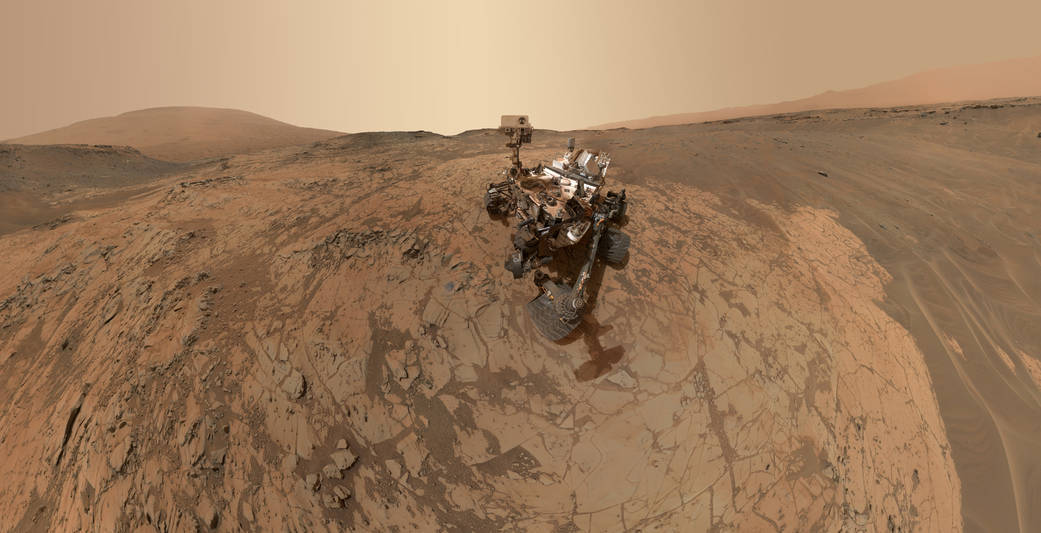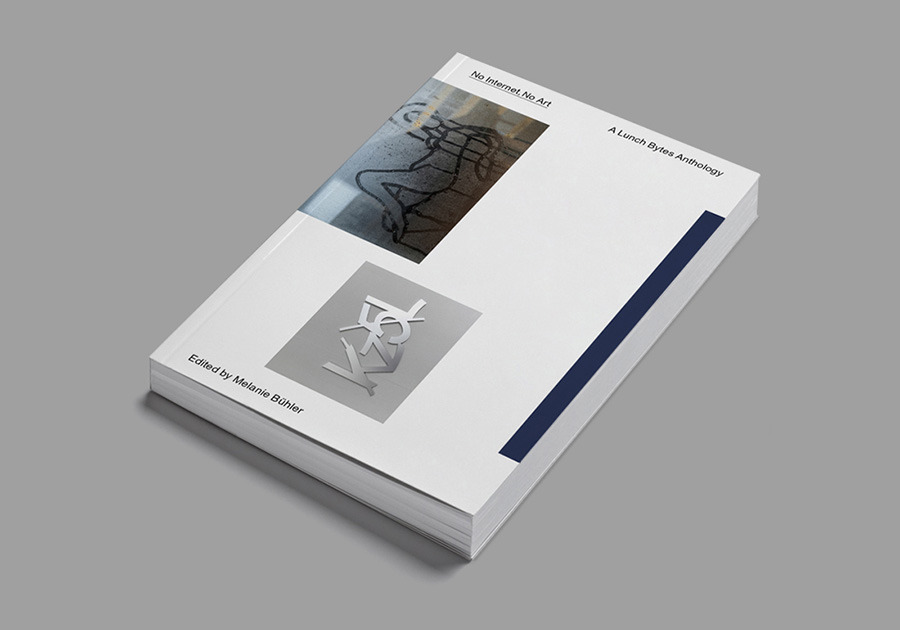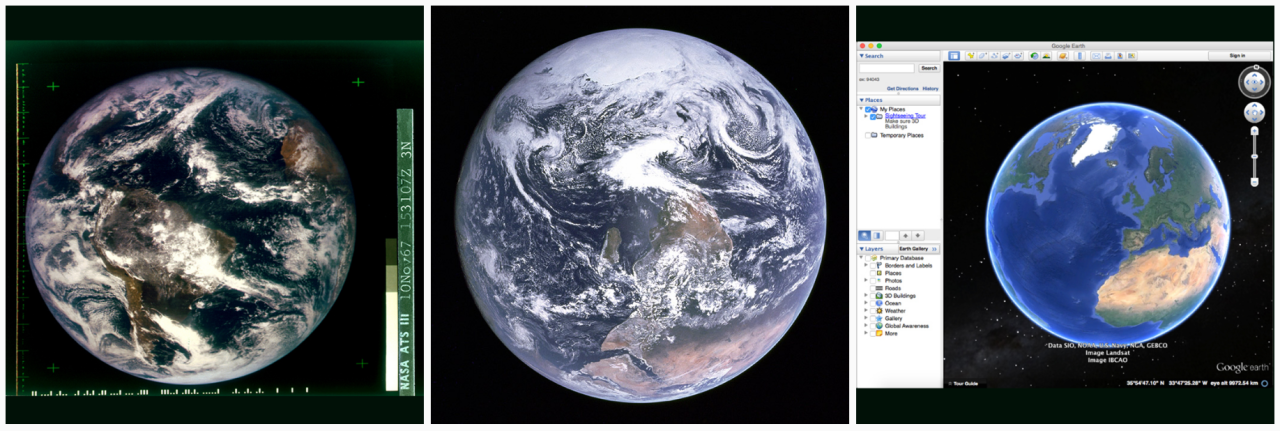INTERVIEW | Olia Lialina, 20 years MBCBFTW
Twenty years ago, my father came back home from work and brought the first computer into our living room. It was a big beige box with a flickering screen on which we could type and paint. Around the same year, in 1996, the Russian net.art pioneer Olia Lialina created My Boyfriend Came Back From the War (MBCBFTW), an interactive web narrative that tells the fictional story of a couple trying to talk to each other after the war. The launch of Netscape 3, which made it possible to split the browser in independently controllable frames, inspired Lialina to explore the boundaries of the browser and create an ambivalent dialogue. MBCBFTW has become an icon in the history of internet art, and has inspired international artists and non artists to create their own interpretations. Lialina has been collecting all these interpretations (unfortunately some have been lost) in the Last Real Net Art Museum, an online museum that is at the same time a critique on the first internet art exhibitions organized by museums.
In the retrospective exhibition at MU, thirteen of these interpretations are on show, ranging from an interactive burger story, to a t-shirt, to works that tell real traumatic stories. For the occasion, MU has also commissioned two new works by Foundland and Constant Dullaart, presented as homages to Lialina’s iconic work. Together with a completely emulated version of MBCBFW, on the good old-fashioned PC towers with Windows, this exhibition is a tribute to the World Wide Web and presents a new approach to keeping history alive. The day before the opening, I asked Olia Lialina some questions about the exhibition and her practice.






